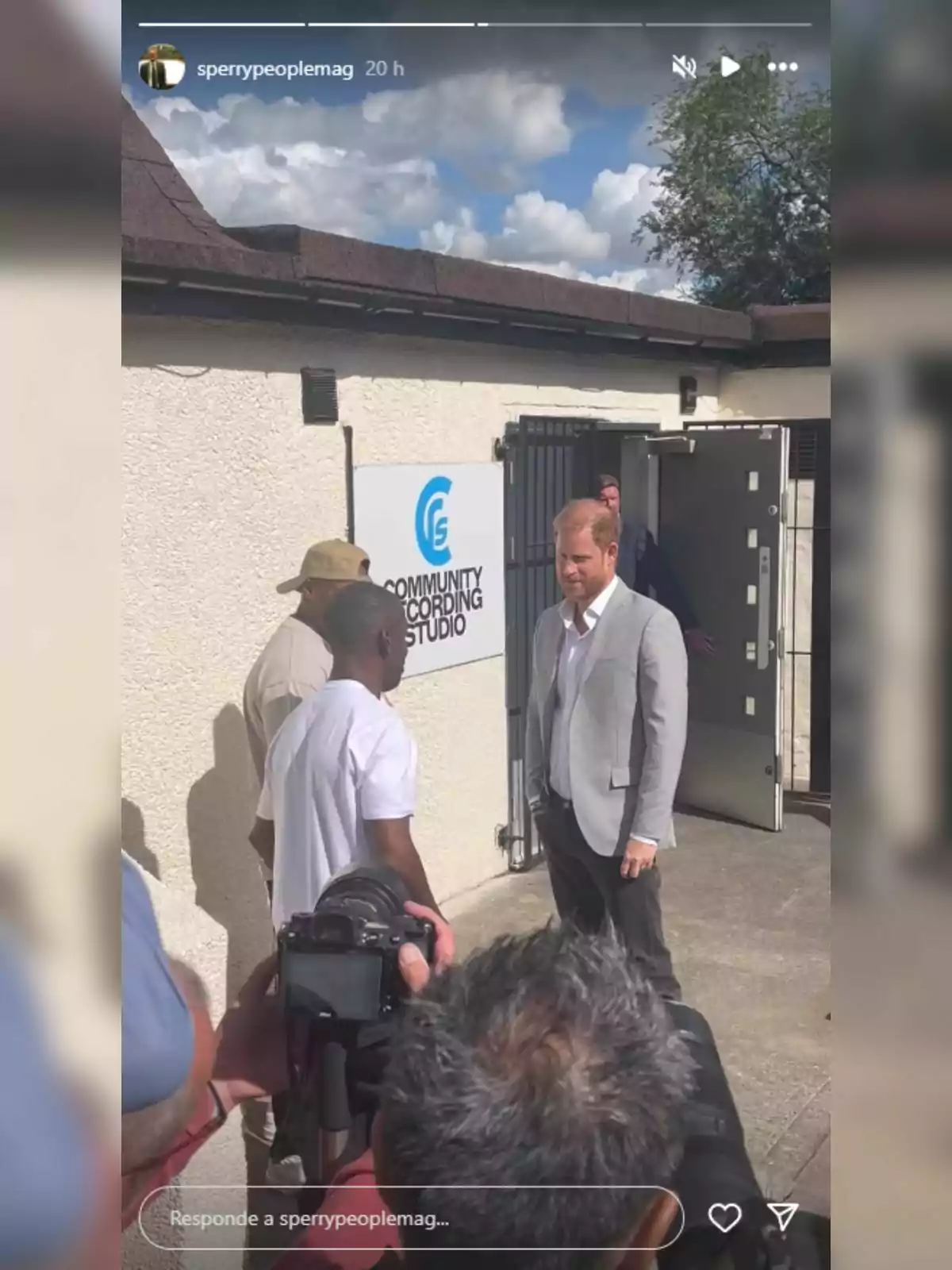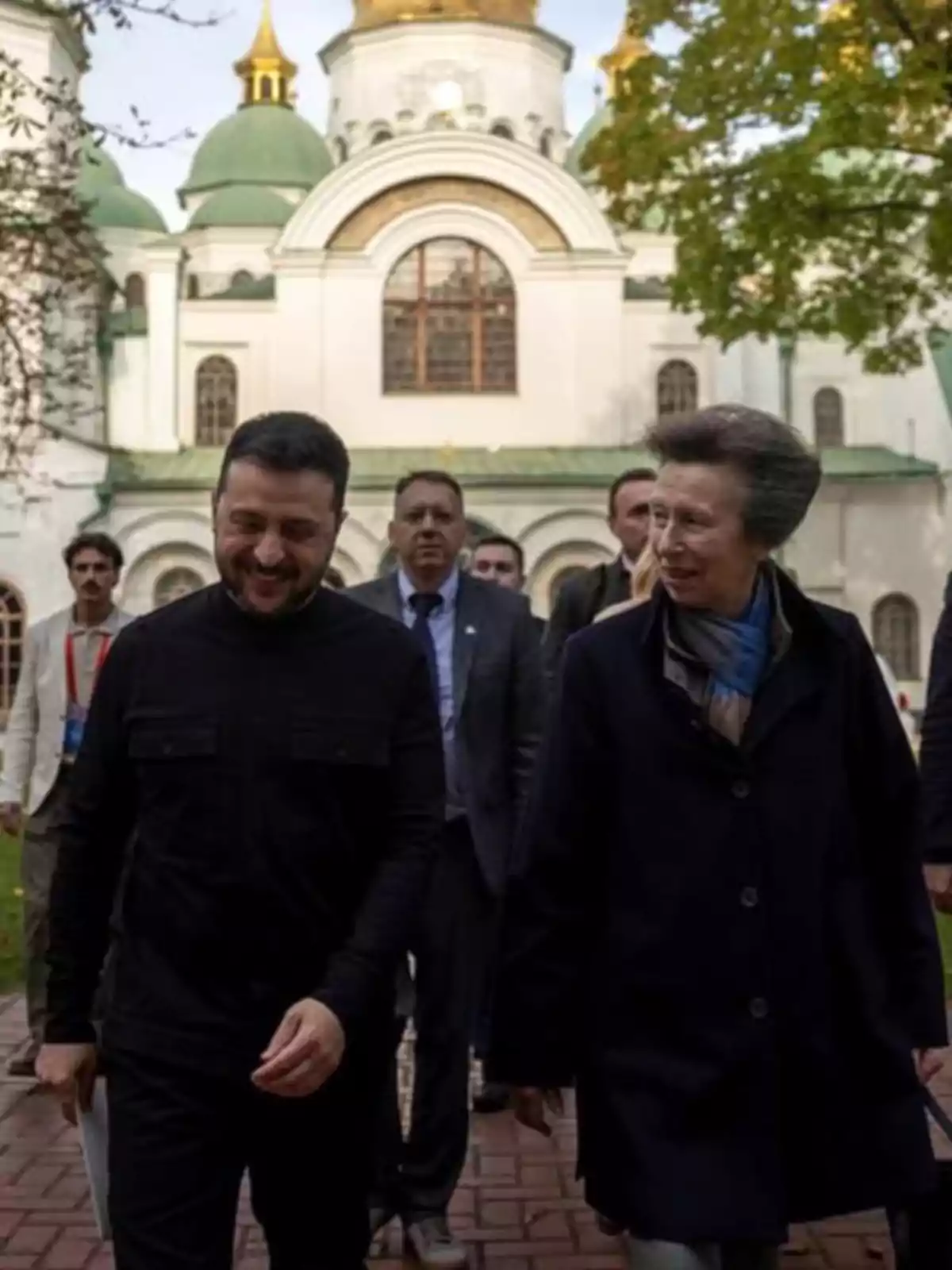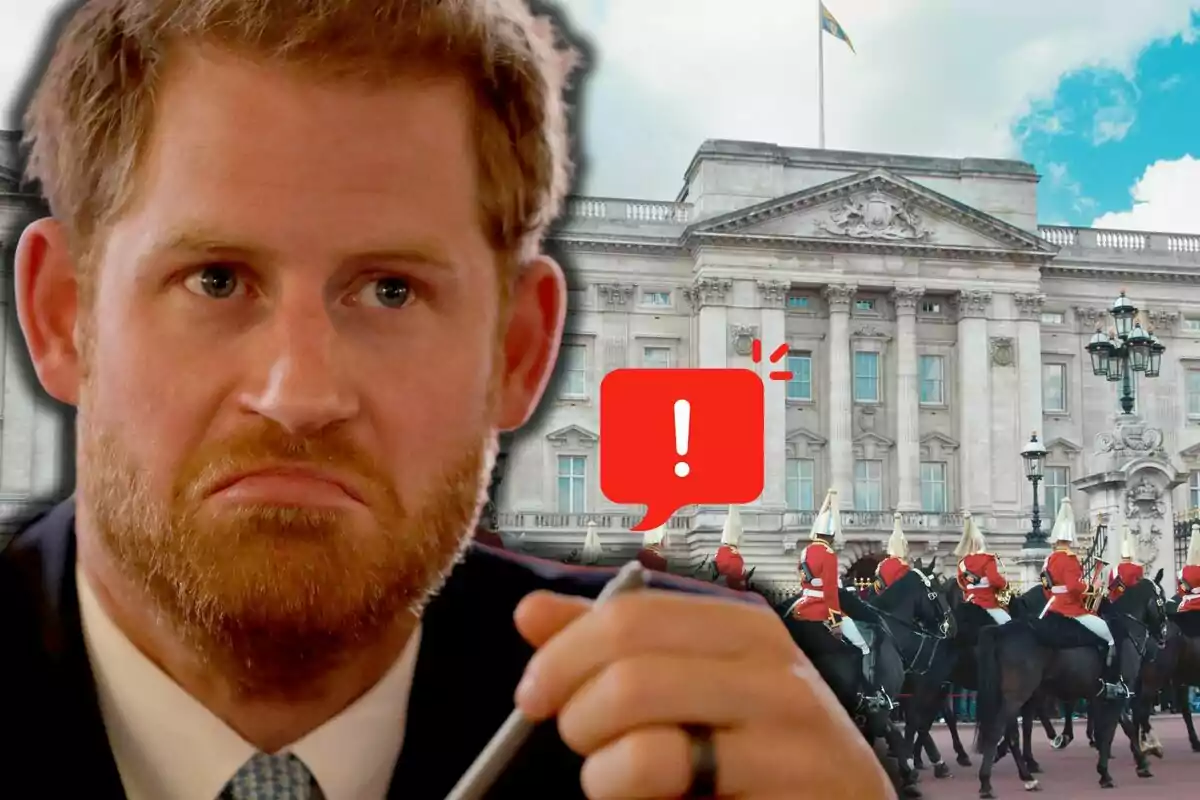After the desired meeting between Charles III and Prince Harry, it seemed that the family relationship was moving toward a new balance. Many trusted that that gesture opened the door to a long-desired reconciliation. However, the latest reports point to an unexpected turn that threatens to halt any rapprochement.
The intention behind Princess Anne's trip seemed to confirm what many suspected about Prince Harry. Her presence in Kyiv was not a casual gesture, but a carefully calculated action by Buckingham Palace. With this decision, the Royal Household has cleared up doubts and has made clear the suspicions that had been circulating for some time.

A personal agenda marked by solidarity
Prince Harry has been building his public role away from the monarchy for some time. His involvement in the Invictus Games and in projects supporting veterans has earned him international recognition. A few weeks ago, he traveled to Ukraine, where he visited hospitals and spoke with local authorities about the rehabilitation of war wounded.
The Duke insisted that his trip had the approval of the British government. However, he was advised not to hold an official meeting with President Zelensky. That limitation reflected the new framework in which he operates, without a recognized institutional role.
Even so, his gestures were received with sympathy. Many interpreted his presence as a brave act consistent with his personal trajectory. The problem is that, in Buckingham's eyes, Harry no longer officially represents the Crown.

Princess Anne's official visit to Kyiv
The contrast became evident with Princess Anne's arrival in Kyiv. Her visit was supported by Charles III and the British Foreign Office. The King's sister went on an official mission, becoming the highest-ranking royal to visit the country since 2022.
During the day, the Princess met with Volodymyr Zelensky and First Lady Olena Zelenska. She also visited symbolic sites in the capital and paid tribute to children who were victims of the war. Every gesture carried an institutional weight that Harry could not have.
The timing of the Duke's trip was not coincidental for analysts. For them, Buckingham Palace wanted to send an unequivocal message: royal diplomacy is reserved for active members of the institution.

The difference set by Buckingham Palace
The decision to send Princess Anne after Harry's visit reinforces a clear line. Although the Prince keeps a solidarity agenda, his role is outside the official structure. That distance is reflected in the way the Crown prioritizes its representatives.
Anne's trip reminded the public that the Windsor family still has the ability to go where Harry can't. The Palace underlined with its actions that Charles III's younger son no longer belongs to the institutional core.
The conclusion is clear: while Harry strives to rebuild ties and project commitment, Buckingham Palace sets the difference with actions. Those actions are what determine the place of each member in the British royal family.

